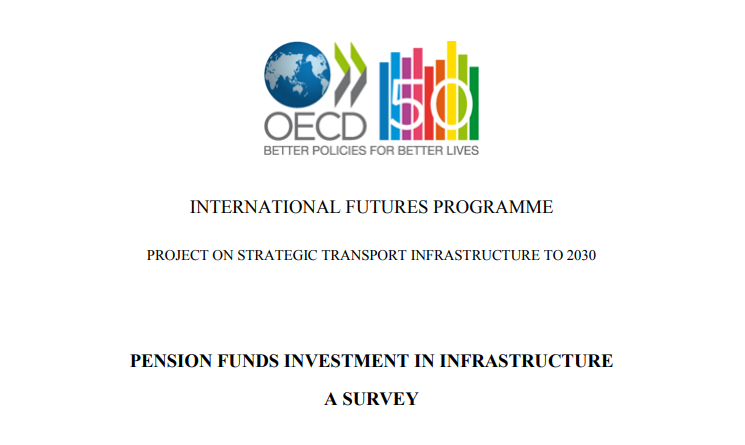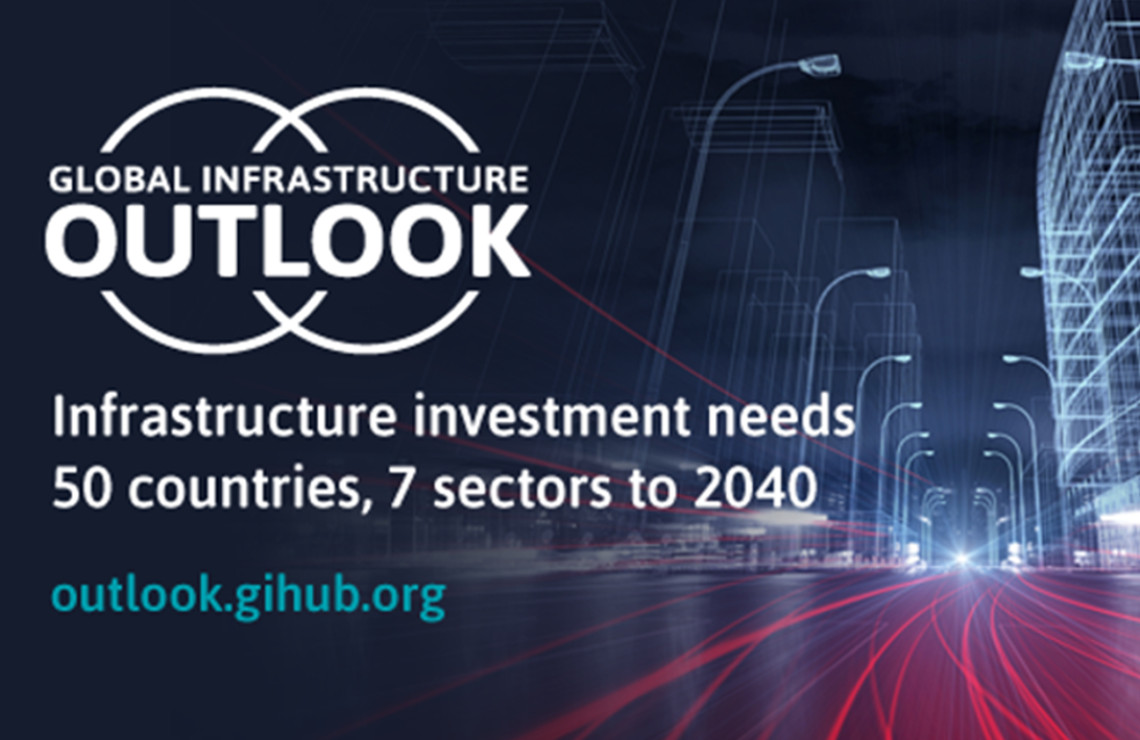816 results found
Featured results



More results
Benchmarking Public Procurement provides comparable data on regulatory environments that affect the ability of private companies to do business with governments in 180 economies.

This paper examines the evolution of infrastructure and the impact of infrastructure investment and public finance shocks on key development indicators and growth performance in the context of middle income countries.

The latest interactive tool from Global Infrastructure Hub forecasts the infrastructure spend need and gap in 50 countries across 7 sectors.

Public-Private Partnerships (PPPs) are now being used in many countries to develop infrastructure projects.


The GI Hub is today launching its new report, Global Infrastructure Outlook, an analysis with Oxford Economics of infrastructure investment needs across 50 countries and 7 sectors to 2040.

The Infrastructure Investment Policy Blueprint offers a practical set of recommendations for governments on attracting private capital for infrastructure projects while creating clear social and economic value for their citizens.



This report primarily focuses on the lessons of International Finance Institutions experience in three areas.


This paper investigates the emerging global landscape for public-private co-investments in infrastructure.


This report gives an overview of the main types of government and market based instruments and incentives able to boost the mobilisation of financial resources to long-term investment.



This paper takes stock of existing indicators and points to recurrent issues affecting the mobilisation of greater investment in infrastructure.






The objective of this survey-based study was to understand the main problems encountered by pension funds when investing in infrastructure.


Ensuring disadvantaged communities have access to adequate infrastructure is a key goal of a new Hub tool, writes Morag Baird, Senior Manager, Leading Practices and Policy, GI Hub.



This report provides an outline ending in 2015 of ASEAN connectivity, the report also outlines future challenges the Master Plan from 2015 on.


We reviewed existing literature, conducted case studies and interviews, and found that the smart cities context has transformed traditional ITS into “smart mobility” with three major characteristics: people-centric, data-driven, and powered by bottom-up innovations.

Connections is a series of concise knowledge notes from the World Bank Group’s Transport and ICT Global Practice. Connections discusses projects, experiences, and front-line developments in Transport and ICT. This set includes notes from 2015 and 2016.










